Costing £1399 the iFi Aurora Music System is an all-in-one streaming music system that  boasts a plethora of features and innovative touches. It’s also striking in its aesthetics and design. Stuart Smith takes a listen.
boasts a plethora of features and innovative touches. It’s also striking in its aesthetics and design. Stuart Smith takes a listen.
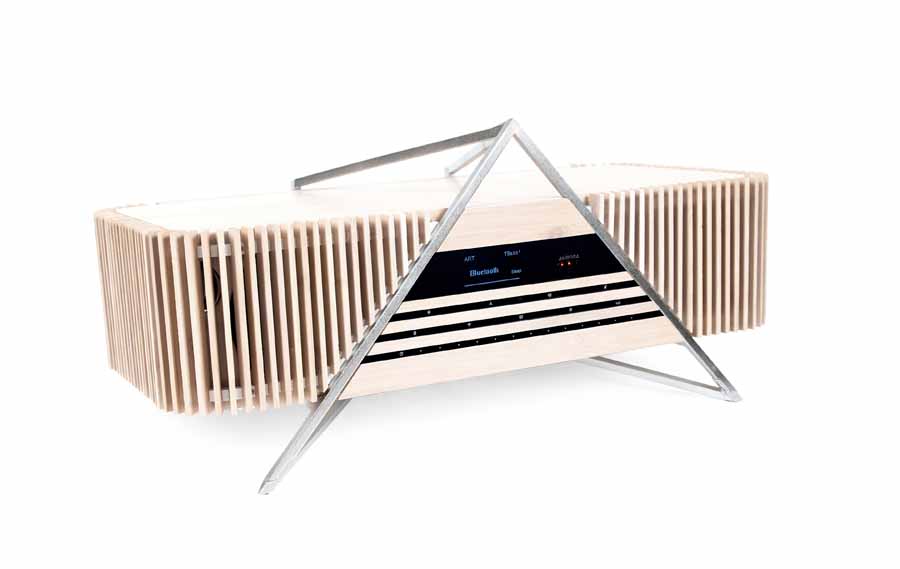 Let me say from the off that from the first time I clapped eyes on the iFi Aurora at a glitzy launch party back in May 2019 during the High-End Show in Munich (see image below), I thought it to be, perhaps, THE most striking bit of audio kit I had ever encountered. Let’s be honest, Hifi isn’t exactly known for the aesthetic beauty of its design, though personally, I do like a lot the more “form follows function” designs, but it is wonderfully refreshing to see a company taking the bull by the horns and going all out to create something very different, but also beautiful. Of course, there have been beautiful audio components before; Dieter Rams for Braun, the Lescon AC1/AP1/3 pre/power amps by Allen Boothroyd, and the original Transcriptor turntables – among others, but in the main, we are given non-descript boxes.
Let me say from the off that from the first time I clapped eyes on the iFi Aurora at a glitzy launch party back in May 2019 during the High-End Show in Munich (see image below), I thought it to be, perhaps, THE most striking bit of audio kit I had ever encountered. Let’s be honest, Hifi isn’t exactly known for the aesthetic beauty of its design, though personally, I do like a lot the more “form follows function” designs, but it is wonderfully refreshing to see a company taking the bull by the horns and going all out to create something very different, but also beautiful. Of course, there have been beautiful audio components before; Dieter Rams for Braun, the Lescon AC1/AP1/3 pre/power amps by Allen Boothroyd, and the original Transcriptor turntables – among others, but in the main, we are given non-descript boxes.
DESIGN AND FEATURES
The design of the Aurora is architectural, striking, and thoroughly modern, but then with a nod to earlier design movements. Its designer, Julien Haziza, drew inspiration for the Aurora from Japanese industrial design, and Japanese architecture and architects. The Aurora is clad in bamboo with an aluminium frame. The whole thing, despite all of this, feels relatively understated and classy looking and it should fit into any modern home perfectly, and, indeed, the juxtaposition of the Aurora in a more traditionally furnished home would be a real talking point. My only concern about the design is the pretty sharp point on the top of the aluminium frame, but that’s mainly because we have idiot cats – I left the protective silicone protector on.
The Aurora comes well packed and includes a remote and a power lead. The unit weighs in a 15Kg (33lb) and measures 59 x 27 x 28cm (WHD) (24 x 11 x 11 inches) and can be carried about by the aforementioned aluminium frame – or that’s how I carried it about, anyway. So, basically, what we have with the Aurora is a wireless music system that aims to offer a “sonic experience like no other table-top, all-in-one system”. It has no less than six drive units that are just about visible through the bamboo slats, plus another two bass radiators that are found underneath the box. The drive units are made up of four 4.5” (120mm) coated paper cones of the wideband variety and a pair of 1.1” (28mm) silk dome tweeters. The two 8” (120mm x 200mm) passive radiators are made from steel. iFi claims a response from these drive units of 27Hz to 40KHz. The active drivers are powered by a hybrid amp that sports a Russian 6N3P tube which is used in the preamplifier stage of the amp.
iFi calls this driver array “Soundspace by iFi” and it adjusts the level of output from specific drivers at specific frequencies to give “a room-filling performance”. Not to be outdone, the bass radiators get a name too – True Bass.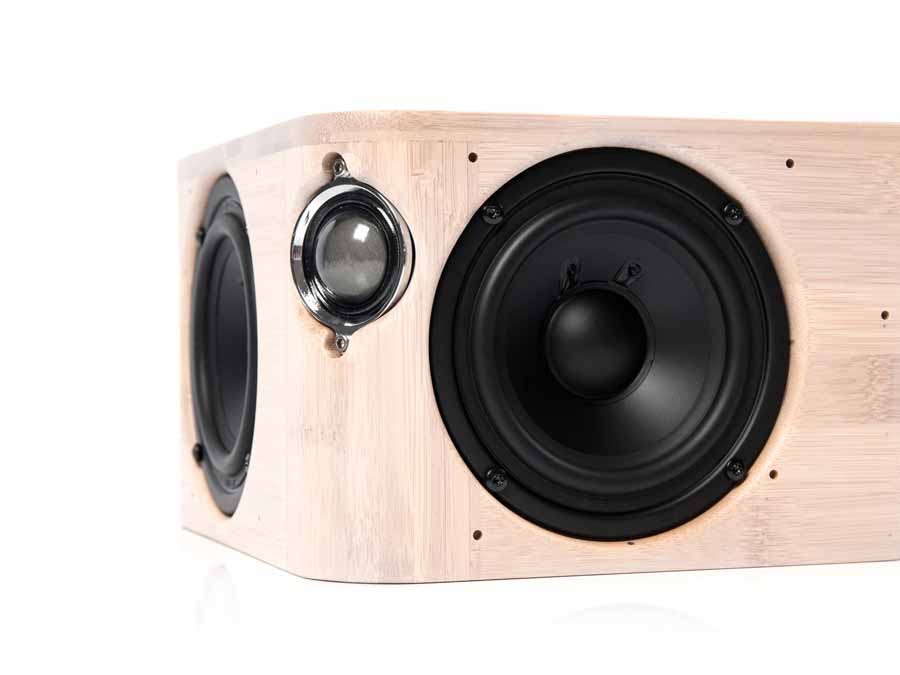
Along the front of the Aurora is an OLED display, a window to see the tube/valve and a series of touch-sensitive buttons that are hardly visible until they light up when the Aurora is switched on. The buttons perform the usual suspects of functions, plus ones to aid you in setting the unit up. One such button is named ART (Automatic Room Tailoring) – press this button and six sensors (see image below) measure the distance to surrounding walls using ultrasound and then a 32-bit ARM Cortex processor adjusts the output from the speakers to match the unit to the room and the music to the room. Importantly, depending on how you view the importance of such things, all this wizardry happens in the analogue domain and there is no DSP or feedback used, which is the case with most other correction systems.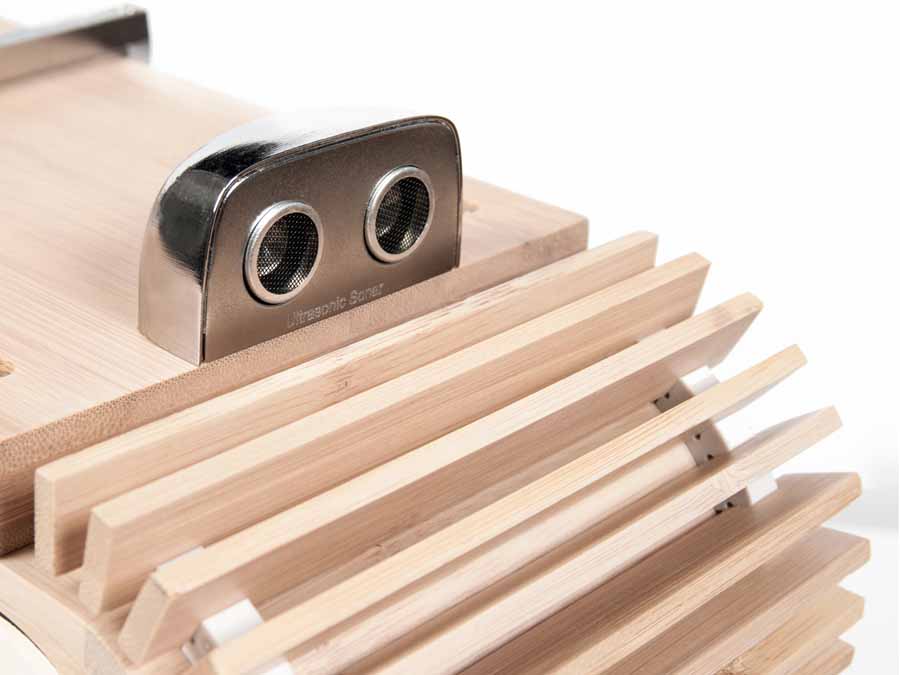
The DAC used in the Aurora is the ESS Sabre Hyperstream chipset whilst Bluetooth is dealt with by a Qualcomm chip which “routes the raw digital Bluetooth signal to a specialised Sabre DAC chip to convert the signal from digital to analogue, with a filter controlled by a Femto precision clock system”.
As well as all this it supports Spotify and Qobus, but no Roon readiness as yet. It will support files up to 32Bit/192KHz via WiFi. You can also get your music into the unit by USB storage or an SD card, and there are inputs for Coaxial and S/PDIF so you can plug in your BluRay, games console, or tellybox. For those of such a bent, you can even plug your Alexia into the Aurora via an RCA/3.5mm inputs – though you can, of course, use these to add more traditional items like a CD player or any other line-level device – add a turntable with a built-in phonostage (or an external one for that matter) and you have a full system. Oh, and it fits perfectly on top of the IKEA Kallax units that it seems just about every audiophile I know has for record storage!
PHEW!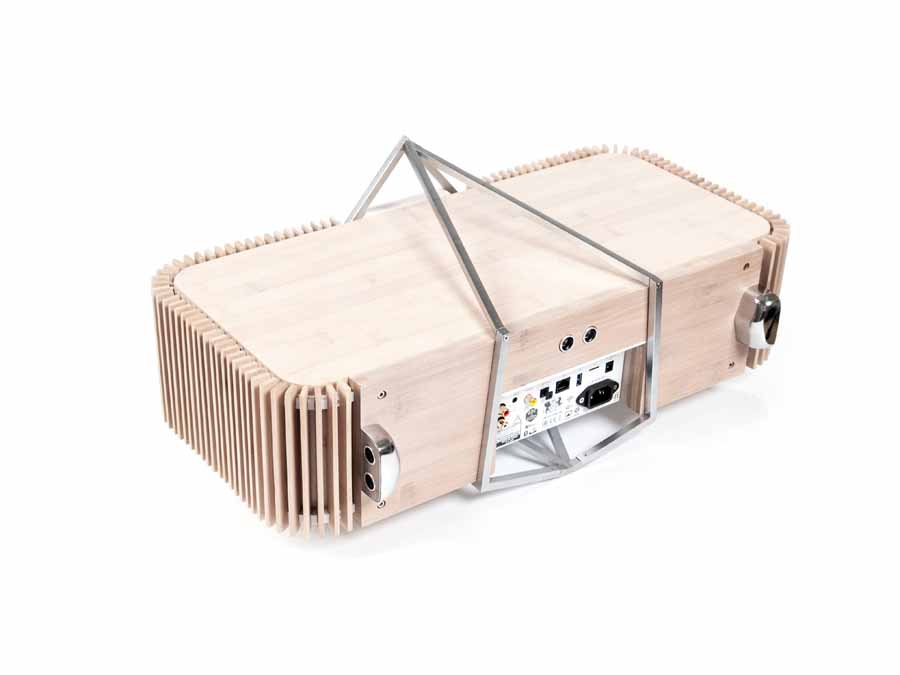
SET UP
The set up was a relatively painless process and I chose to go wireless from the off as I reckon this is how most folk will use the Aurora – though wired connection is of course possible. I downloaded the free MUZO app, pressed the WPS set up button on the Aurora, followed the instructions on the app and hey-presto I had access to all the music on my NAS drive, and all within ten minutes of unpacking the Aurora. Of course, as mentioned, I also had access to my Qobuz account – plus a whole host of online streaming services – though I really do wish it had Roon capability. The MUZO app itself is a doddle to use, though you can also use your preferred UP and P app – find the Aurora, set it up as a player, find your NAS, set that as your library and away you go. Bluetooth is likewise simple to set up – pair your smartphone with the Aurora and Robert’s your Mother’s Brother.
SOUND QUALITY
I’ve heard a good few all in one units in my time, but the Aurora is, in my humble opinion, the best sounding one I’ve yet to hear.
The Aurora was put on top of one of the ubiquitous Kallax units down the left-hand side of our large listening space and about six inches away from another upright Kallax to its left. I deliberately didn’t want to think about positioning too much and simply put it where I thought it looked best and was most convenient – it is, after all, a lifestyle product rather than a die-hard audiophile product.
First of all, let me say that the user experience is fab, something that can’t be said for all units like this. MUZO is a pretty cool interface, though the spinning disc on the screen when an album is playing can get a bit tedious, and everything works without any hassles or headaches, despite our abysmally poor internet connection. I didn’t experience ANY dropouts at all.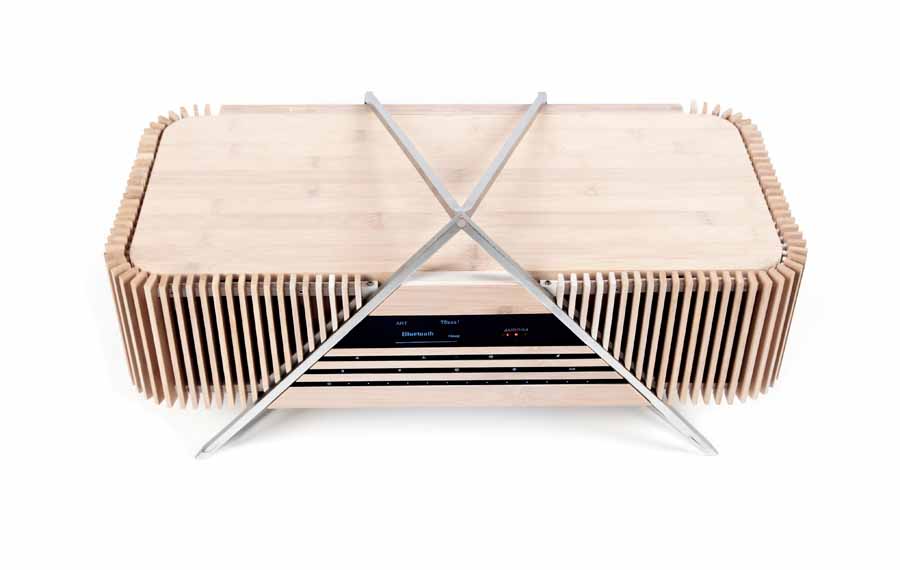
Bass response is impressive for such a compact box of tricks, very impressive as it happens, and I had no complaints at all, even when playing more challenging tracks – and I have a good few of those. Playing Going All the Way by Spiral Tribe I found the bass to be guttural and fast, though not as trouser-flapping as with our main speakers – not surprising given they have 2 x12” drivers and a 1000 Watts of power per speaker. Certainly, the bass was more visceral than I’ve yet to hear from this kind of product. If you are reading this and thinking “this sounds like a glorified ghetto blaster” then think again! Even at loud volumes the Aurora never got flustered, even on hectic techno material or dub reggae. Certainly, those passive radiators on the bottom of the Aurora are adding a good bit of weight to proceedings at the very bottom end. One thing that did cross my mind was that if our Kallax units weren’t weighed down with hundreds of records there may have been resonance/rattling issues. Whatever, this wasn’t an issue for me, but worth bearing in mind when positioning an Aurora, though playing 808 States’ Tokyo Tokyo (a very bass-heavy tune) there was some feeling that a more solid surface would have been more suitable, or perhaps a dedicated stand for the Aurora with isolation – bamboo chopping blocks and Sorbothane, anyone? Of course, you can mess with the bass (three different choices – I found “Bass 3” was best for most music) and I found that pretty effective.
At this point, I have to be honest and say that I could certainly get on very well with the Aurora as our only source had it not been for the fact that we have been spoiled for choice on the kit front and live in a house big enough to house it. In the kitchen, bedroom, dining room, or if you live in a smaller apartment, I don’t see the Aurora being anything but excellent, or indeed having much competition – though you should certainly check out the competition to make your own mind up on that given the aesthetics – though the Aurora suited me absolutely perfectly.
Now, where I plonked the Aurora was, as I’ve stated previously, not really ideal and not really thought our a further than “it’ll look pretty cool there” and so I really wasn’t expecting much by way of soundstaging and being down the side wall certainly didn’t help in this respect. However, shifting myself to the corner off the sofa and facing the Auora directly improved this pretty drastically. OK, you aren’t getting the same width and dimensionality you get from a properly set up pair of loudspeakers, but it ain’t half bad with the room being filled, as per the marketing spiel, “with music”.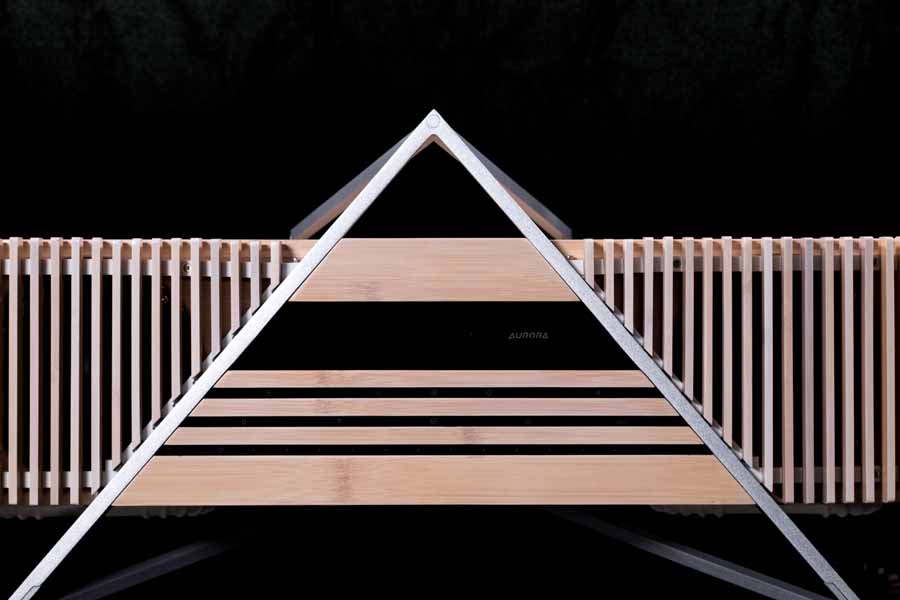
Back to the tunes and old favourite in the form of the fantastically wonderful Roy Harper and his sublime Bullinamingvase (see it’s not always a Teknival chez Pig Towers!) and what a treat it is on the Aurora and I almost forgot I was not listening to a “proper” HiFi with proper big speakers. The room really is filled with glorious music and it’s all there, though obviously on a smaller scale than I’m used to. With that said, you do get used to the presentation very quickly and you really do forget how diminutive this package is when compared to our other systems. Where the Aurora really scores is in the upper and mid-bass frequencies and then through to the tops. This kind of music really plays to the strengths of the Aurora. Clarity and coherence are words I would use, with everything being very enjoyable and foot-tappingly splendid.
Bluetooth is simple to set up – pair it with your phone and then a presumably tiny woman hiding inside the Aurora tells you that pairing is achieved and off you go. Sound quality is pretty damned good too ( I was expecting it not to be, as I’m just not a fan of streaming via Bluetooth), though from a sound quality perspective streaming certainly has the edge. I used the Bluetooth function to stream via YouTube and the like without issue, accepting the fact that music via YouTube is obviously going to be compromised.
For the couch spuds out there (and here) you can scroll through which input is active via the remote. I think that what buyers of the Aurora will use it for is for to become the hub of their aural entertainment. It doesn’t take up much real estate which is a good thing for modern living environments and you can attach, as mentioned, pretty much all your entertainment devices. Really, you don’t have to be an obsessive collector of boxes of electronics to be able to enjoy your music to a very high standard. And that’s the thing, most people that buy this don’t want the hassles of lots of kit and would really relish a one-box solution like this.
CONCLUSION
Let me say from the get-go, this is a very good sounding bit of kit in its own right, with the caveat that if you push it too far in the bass department it can resonate your furniture (if it’s a bit flimsy, or has ornaments on it), and I applaud iFi for having the guts to take what could have been another nondescript box and instead creating an interesting and great sounding box of kit. Really it’s like a piece of sculpture in itself, with the added bonus of playing your tunes.
The acid test, as I bang on about a lot in my reviews, is could I live with this unit long-term? Yep, I could, though it’s not going to change my warped audiophile with many boxes sensibilities and I’ll not be getting rid of those in exchange for the Aurora, but then we are talking systems that have taken years, if not decades, to build and with with the expense that is inevitable. Actually, I really loved the Aurora – it looks stunningly fabulous, sounds great (and not just for a small all-in-one), has great connectivity, is simple to set up even for Luddites like myself and will really press all the buttons for a music lover looking for a one-box solution that could potentially grow (adding a turntable etc.).
Well done iFi, this is an excellent product – one of my favourites this year! It’s certainly the best of the all-in-one units I’ve yet to hear and comes in at an attractive price and the award reflects this.
AT A GLANCE
Build Quality: Excellent is the only word that I could use here. Add to that the interesting design and it all adds up to a great package. The sharp bit on the top of the frame does need a cover I feel, but they are provided!
Sound Quality: Actually, and surprisingly, very good sounding and not just for what it is. With sensible positioning on a solid surface, it can sound VERY good. On flimsy surfaces and if pushed it can resonate furniture, though, if sensible, that bass can be brilliant.
Value For Money: It’s not cheap but I think it is a solid purchase for its intended market. Obviously functionality and styling have added to the cost.
Pros: Eye-catching design. Lots of connectivity. Easy to set up. Good app. Can grow with the user. Great sound.
Cons: Some will consider it pricey. The spikey top of the frame could be an issue for some.
Price: £1399 €1599

Stuart Smith
SPECIFICATIONS
Inputs |
|
| Hi-Res Bluetooth audio with aptxHD/aptX/LDAC/HWA(LHDC)/AAC | |
| Networked Audio with playback from NAS or server, Airplay, streaming audio (Spotify/Apple Music/Amazon Music/Tidal hifi/Deezer etc.) and USB storage /SD Card 44.1kHz/16Bit – 192kHz/32Bit |
|
| Coaxial and optical S/P-DIF (Blu-ray Player, Games Console, smart TV etc) 44.1kHz/16Bit – 192kHz/24Bit | |
| RCA & 3.5mm (for Alexa or analogue audio) | |
Speaker System |
|
| 4 x 4.5” (120mm) coated paper cone wideband driver | |
| 2 x 1.1” (28mm) silk dome tweeter (8 kHz crossover) | |
| 2 x 4.5” x 8” (120mm x 200mm) steel passive radiators | |
| Frequency Response: 27Hz – 40kHz | |
| Maximum SPL: 115dB / 1m | |
Amplifier |
|
| Hybrid with tube class A amplification. Power buffers operating at 1.411MHz/1.536MHz clock-locked. | |
| Frequency Response | 15Hz to 150kHz |
| Maximum Power | 320VA (12v input for Marine/Car power supplies) |
| Distortion | < 0.05% |
Dimensions |
|
| Device | 59cm(w) x 27cm(h) x 28cm(d) — 15Kg 24″(w) x 11″(h) x 11″(d) — 33lb |

















































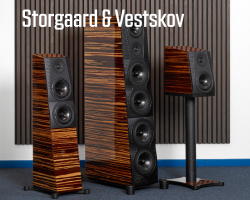


















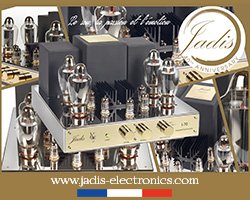
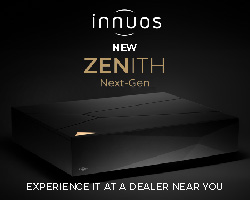



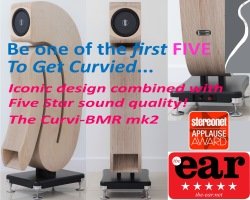
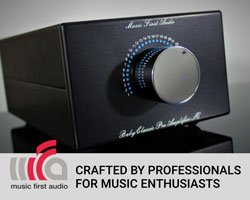
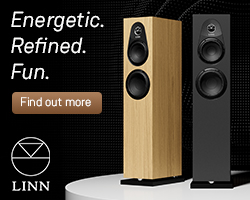

















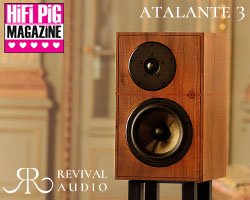
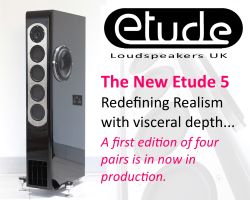
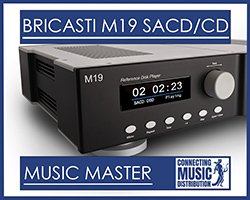
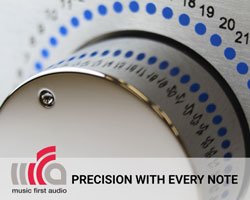









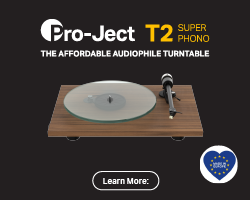









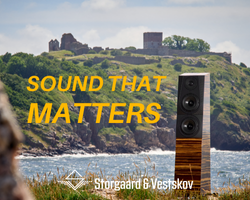
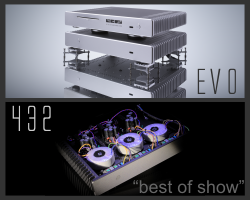



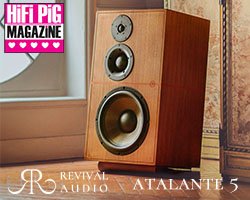















































You must be logged in to leave a reply.